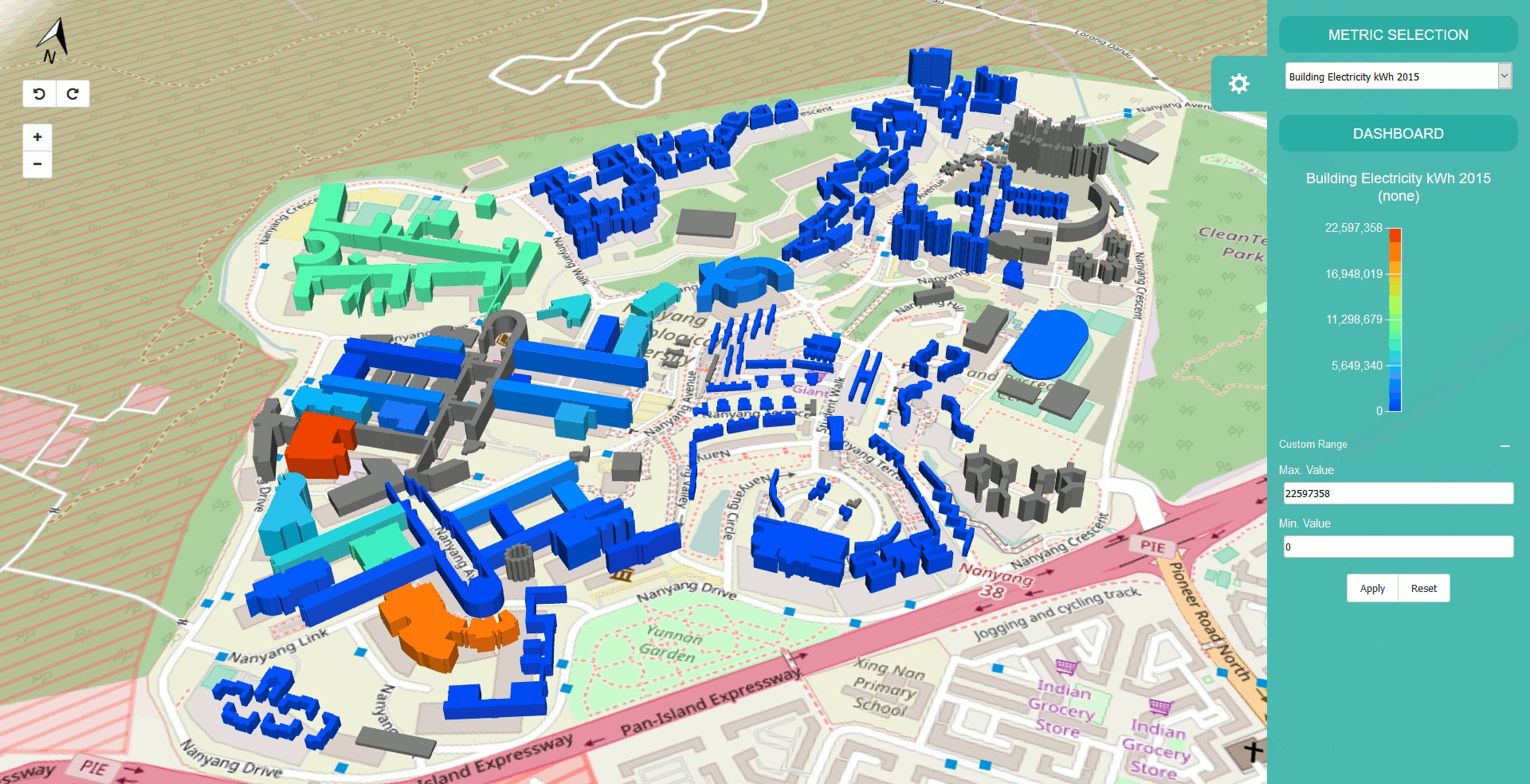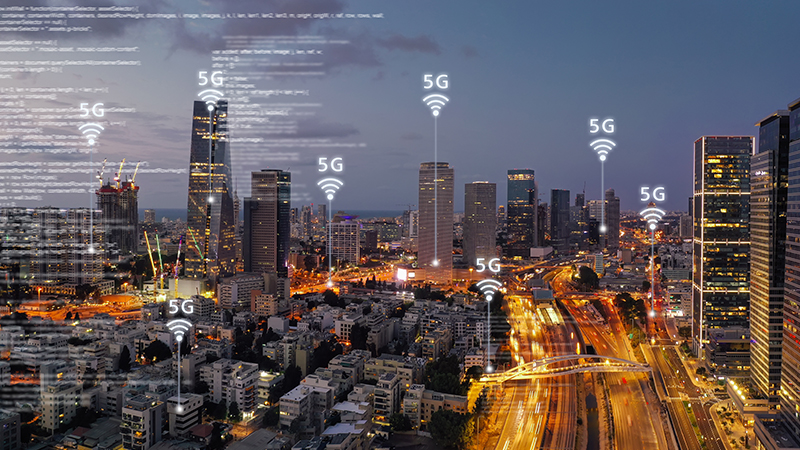
IES case study: NTU EcoCampus, Singapore
14 June 2019
IES delivered a 3D masterplanning and visualisation model, along with virtual testing and building performance optimisation, for Nanyang Technological University (NTU)’s 250-hectare flagship EcoCampus.
Delivered in two phases, the project used IES’ innovative ICL (Intelligent Communities Lifecycle) technology to provide high-level visualisation and analysis of testbed energy reduction technologies on site, before delving into detailed simulation and calibrated modelling of 21 campus buildings.
NTU firstly wanted to understand, at the campus level, which testbed solutions were performing the best, and to identify the optimum scale and location for their deployment.

The EcoCampus initiative covers the whole of NTU’s 200-hectare campus and the adjoining 50-hectare JTC Corporation CleanTech Business Park. There are over 200 buildings on site with a 1.1million m² floor area.
IES and NTU worked together on this project in a highly symbiotic and collaborative relationship. Through on-site and off-site support, IES provided access to its latest ICL technology, alongside associated high-level training and consulting. NTU has given valuable technology feedback and provided a large-scale real-life implementation opportunity.
Phase 1 of the project concentrated on creating a masterplanning (iCD) model of the EcoCampus, complete with energy signatures for each building on the campus.
The model was accurate to 91 percent for total energy consumption and 97 percent for chiller energy consumption. A corresponding online cloud based Campus Information Model (iCIM) for communication and engagement with campus staff and students was also created and connected to the masterplanning model for automatic updates.
The masterplanning model was then used as a baseline to simulate and analyse testbed technologies ranging from improved thermal performance of the building envelope, to lighting sensors, chiller optimisation and smart plugs that turn equipment off out of hours. Overall, these combined measures reduced energy consumption across the campus by 10 percent, saving US$3.9 million and 8.2 tonnes of carbon.

IES’ expertise in the analysis of building performance became even more essential as the project moved into Phase 2–the ‘implementation’ phase of the project–where the best solutions from the Phase 1 ‘testbed’ were chosen and applied.
Using real operational data from utilities and NTU’s Building Management Systems (BMS), IES were able to assess and identify opportunities to achieve optimal performance in existing buildings across the campus, using its innovative Ci2 (Collect, Investigate, Compare, Invest) process.
During the ‘collect’ and ‘investigate’ stage, building information was gathered and operational data imported into IES’ operational data management and analysis tool, iSCAN, to investigate issues/faults across a selection of 21 buildings on the NTU campus. This brought to attention issues including: low and high CO2 levels, unstable off-coil temperatures, lower than expected return air temperatures, faulty energy consumption meters, and staff offices and meeting rooms temperature setting issues.
Virtual models were then created in the IES Virtual Environment (VE) for each of the 21 buildings and calibrated using the operational data. These closely calibrated models established an accurate baseline for the existing buildings in operation, enabling IES to ‘compare’ and determine potential savings for a range of technologies in the ‘invest’ stage.
A selection of new technologies relating to building envelope, lighting and occupancy sensors, plug load management and high-performing optimised chillers were simulated using the calibrated models to determine potential savings. The results demonstrated that, if installed in the buildings, these technologies could achieve 31 percent average energy savings and a total cost saving of approximately US$4.7 million.
Nilesh Y. Jadhav, Programme Director, EcoCampus, NTU said: “The possibility to quickly assess energy saving options through innovative technologies across the campus was a great value addition from this collaboration with IES.”
Interested to find out more about the technology used in this case study? Why not join one of IES’ upcoming product demonstrations which will delve into three of the products within its recently launched Intelligent Communities Lifecycle (ICL) digital twin technology suite. Each demo will provide a tour of the product, demonstrating capabilities, key features and how these can be used. Each demo will last approx. 45 mins followed by a 15 min Q&A. Please register for the session/time most suitable to you.
iCD Product Demos (3D Sustainable Urban Design and Early Stage Masterplanning)
- Tue, 25th June, 10am MDT – https://register.gotowebinar.com/register/5043950617801961730?source=press
- Wed, 26th June, 2:30pm AEST- https://register.gotowebinar.com/register/2762521164771345922?source=press
- Wed, 26th June, 10:30am BST – https://register.gotowebinar.com/register/4233862336293780226?source=press
iVN Product Demos (Integrated Energy Network Design & Analysis)
- Tue, 2nd July, 11am BST – https://register.gotowebinar.com/register/7341948611550971138?source=press
- Tue, 2nd July, 12pm MDT – https://register.gotowebinar.com/register/7724318073761540866?source=press
- Wed, 3rd July, 11am AEST – https://register.gotowebinar.com/register/88920103368767234?source=press
iSCAN Product Demos (A Single Platform to Optimise the Operational Performance of Buildings)
- Tue, 9th July, 12pm BST – https://register.gotowebinar.com/register/6613854210661016578?source=press
- Tue, 9th July, 12pm MDT – https://register.gotowebinar.com/register/798127093516903682?source=press
- Wed, 10th July, 11am AEST – https://register.gotowebinar.com/register/1611827270722301442?source=press











